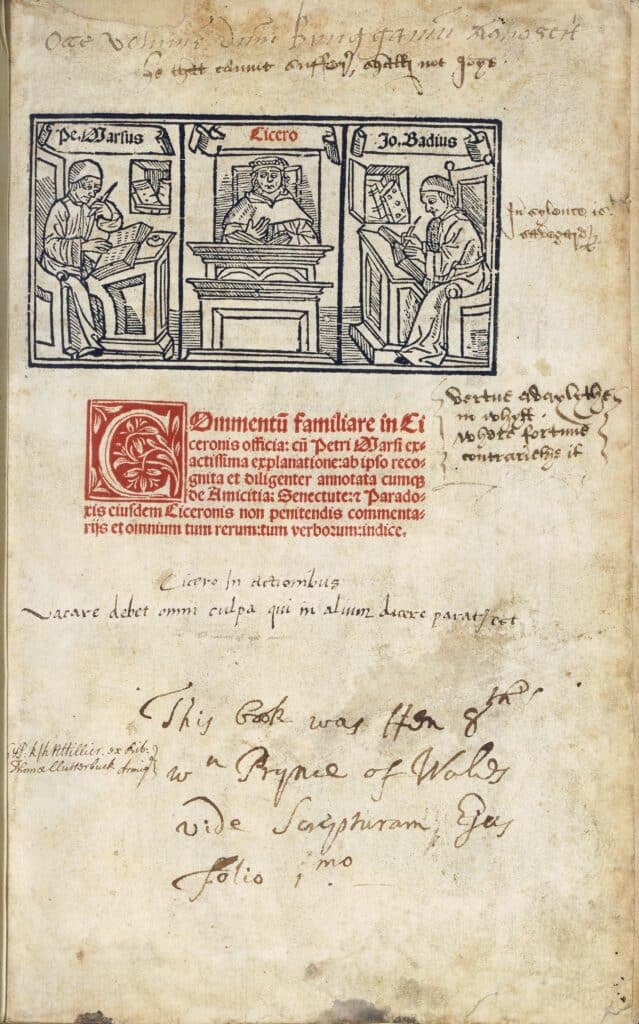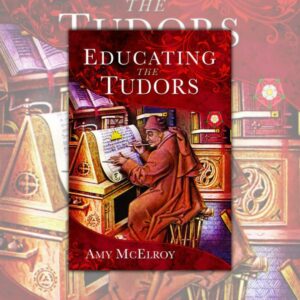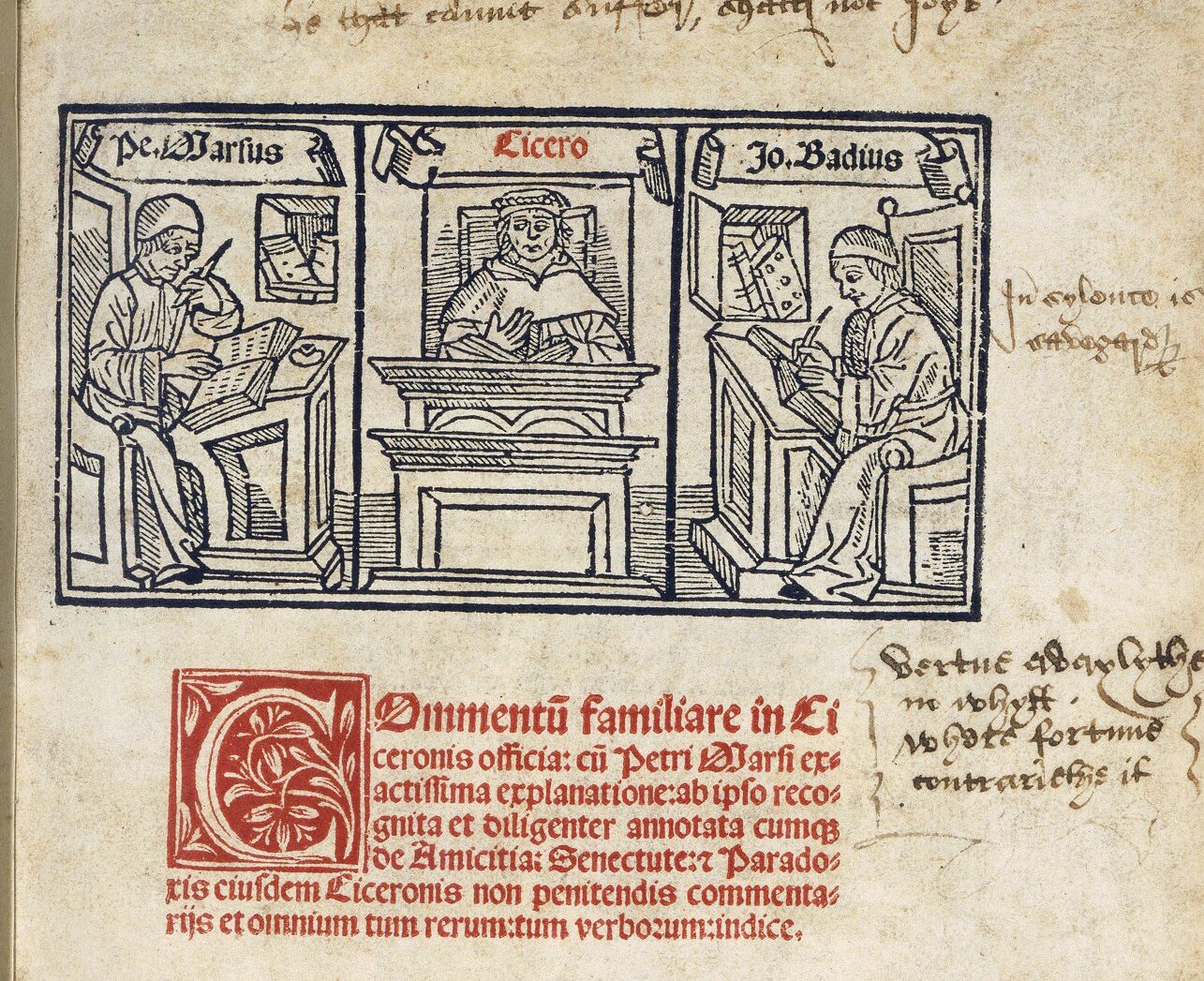
I am thrilled to be welcoming Amy McElroy to the blog – she just released her first book, Educating the Tudors, in which she delves into the education of all the era’s classes, the subjects they studied, educational establishment and those who taught them. This is a topic which has always interested me, and I am so happy to host this post…hope you enjoy!
***
Thank you so much to Janet for welcoming me on to her blog, it is an absolute pleasure!
Education as we know it today comes in various forms but what was it like for the Tudors? In fact, it wasn’t much different, they had schools, colleges, inns of law and if anyone has ever been on a foreign exchange trip, they also had something similar (for the aristocracy anyway).
What is different is who education was available to, and the fact that it was not compulsory at all. In the UK, Scotland was the first country to enforce a compulsory education amongst certain ranks of society.
My first book, Educating the Tudors explores the education available for all classes, the differences in their curriculum, who taught the Tudors and what did they do for fun? It would be almost impossible to write about education without mentioning the first Renaissance monarch in England, Henry VIII. Henry is known to have been intelligent but I wanted to know what he studied, where his interests lay and how did his education differ to that of his siblings?
The educational opportunities of the humble population compared to the aristocracy shows a wide gap in the quality and expanse of their curriculum. The humble would be lucky to read whilst wealthier folks would be learning languages, law, history and arithmetic, amongst other topics. The differences in education even between Henry and his siblings, let alone humble people, is enlightening.
The Tudors had different schools to meet different objectives, some were aimed at the humblest of children whilst others were reserved for the elite. Girls were not allowed to attend the majority of schools reducing the number of opportunities they had to receive a formal education. That does not mean they did not receive any, their education was much more practical and focused on managing their household, keeping accounts and caring for her family. Apprenticeships and domestic service also taught children the skills they needed to earn a living or set up their own household. Apprenticeships may appear to be fairly modern but the Tudors had accomplished guilds which monitored the standards and wages of its members along with the requirements for completing an apprenticeship in a specific trade. Many apprenticeships were formal, with a fee paid, contracts issued and the roles clear for both apprentice and master.
The tutors who taught the royal children and the aristocracy are fascinating in their own right. Many were part of a humanist circle which at the time was encouraging a humanist education amongst ranked society. There are of course names many people will recognise such as Roger Ascham and Juan Luis Vives but I enjoyed finding out more about the more obscure Bernard Andre, John Skelton and Giles Duwes. These men were responsible for tutoring some of the most famous Tudors we know but they were not the only ones to have an influence on education. Sir Thomas More and Desiderius Erasmus encouraged the spread of humanism across England. Whilst writing Educating the Tudors I became captivated by Erasmus so much so that I am currently researching a book on the man himself.
When looking at what they did for fun it is strange to think we still participate in some of the pastimes today. One thing that did surprise me was that the Tudors gambled on everything! Mary I played cards regularly as a girl and Henry VIII lost hundreds of pounds playing dominoes. The Tudors certainly knew how to enjoy themselves, dancing, music and singing were common amongst all classes, though I expect the masques held at the royal court would have been a sight unlike any other.
Educating the Tudors has been an incredible journey from writing to publication. I have made some wonderful friends along the way and been given a wealth of advice and support.

If you loved the post, you can check out Amy’s website or follow her Facebook page – or, even better, check out the book! Definitely bookmark something, since Amy is currently in the last stages of writing her second book and has a third on Mary Tudor, Queen of France and fourth, Desiderius Erasmus in the pipeline with a few more ideas up her sleeves for the future.
***
(And of course, feel free to show my own books some love as well! My Seymour Saga trilogy tells the gripping story of the short-lived dynasty that shaped the Tudor Era. Jane the Quene skews romantic, The Path to Somerset is pure Game of Thrones (without the dragons), and The Boy King is a noir coming-of-age. Get them now through Amazon, Barnes & Noble, Kobo, and Apple, or even your local independent bookstore!)

Be First to Comment